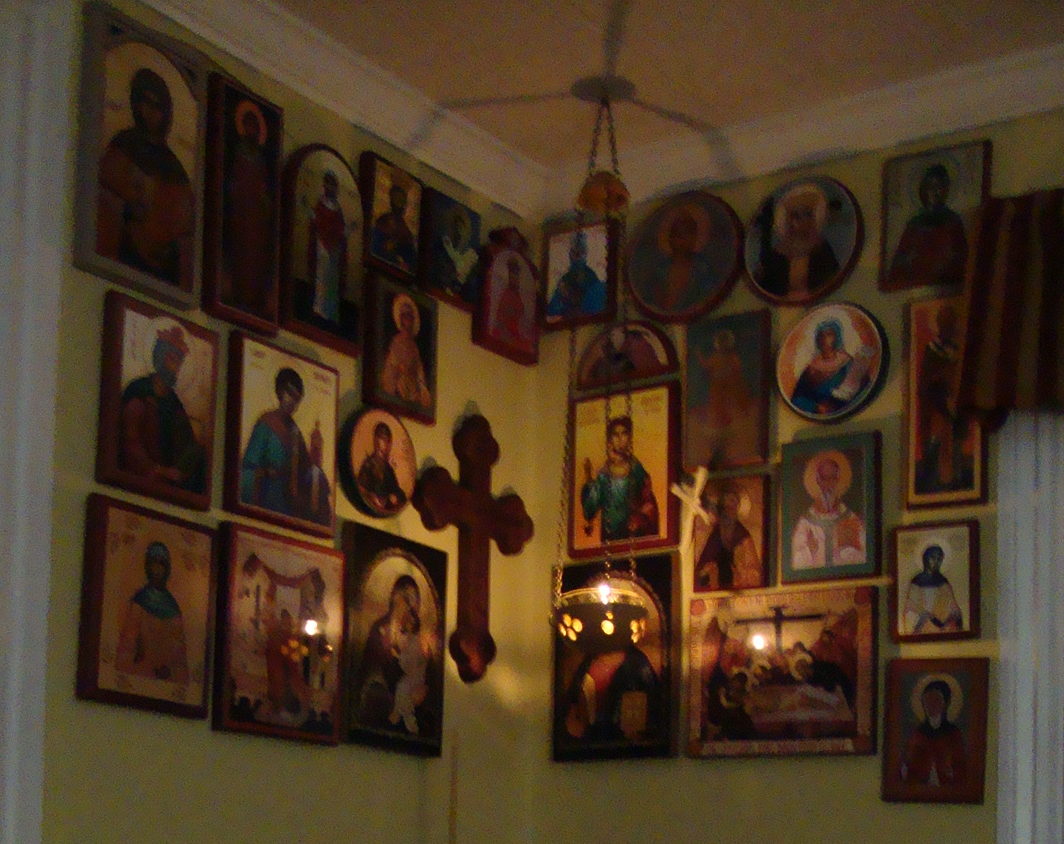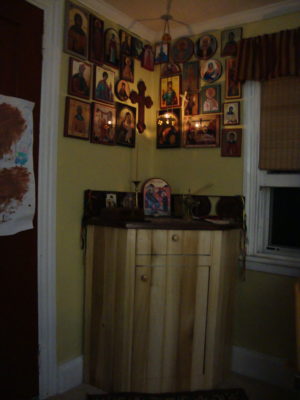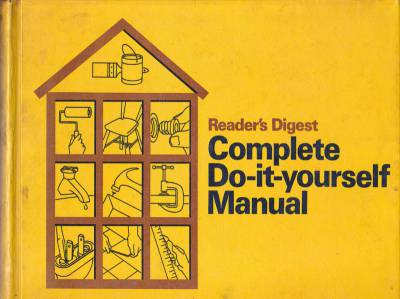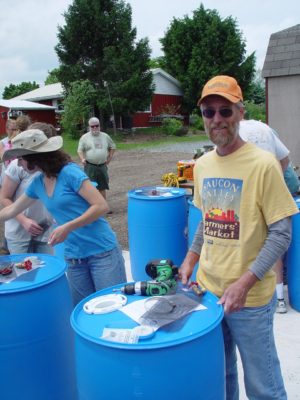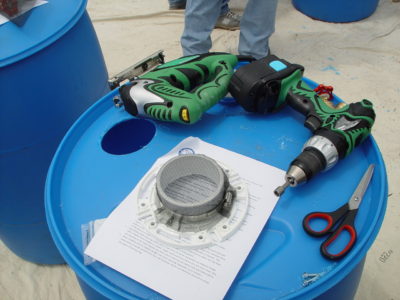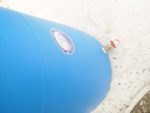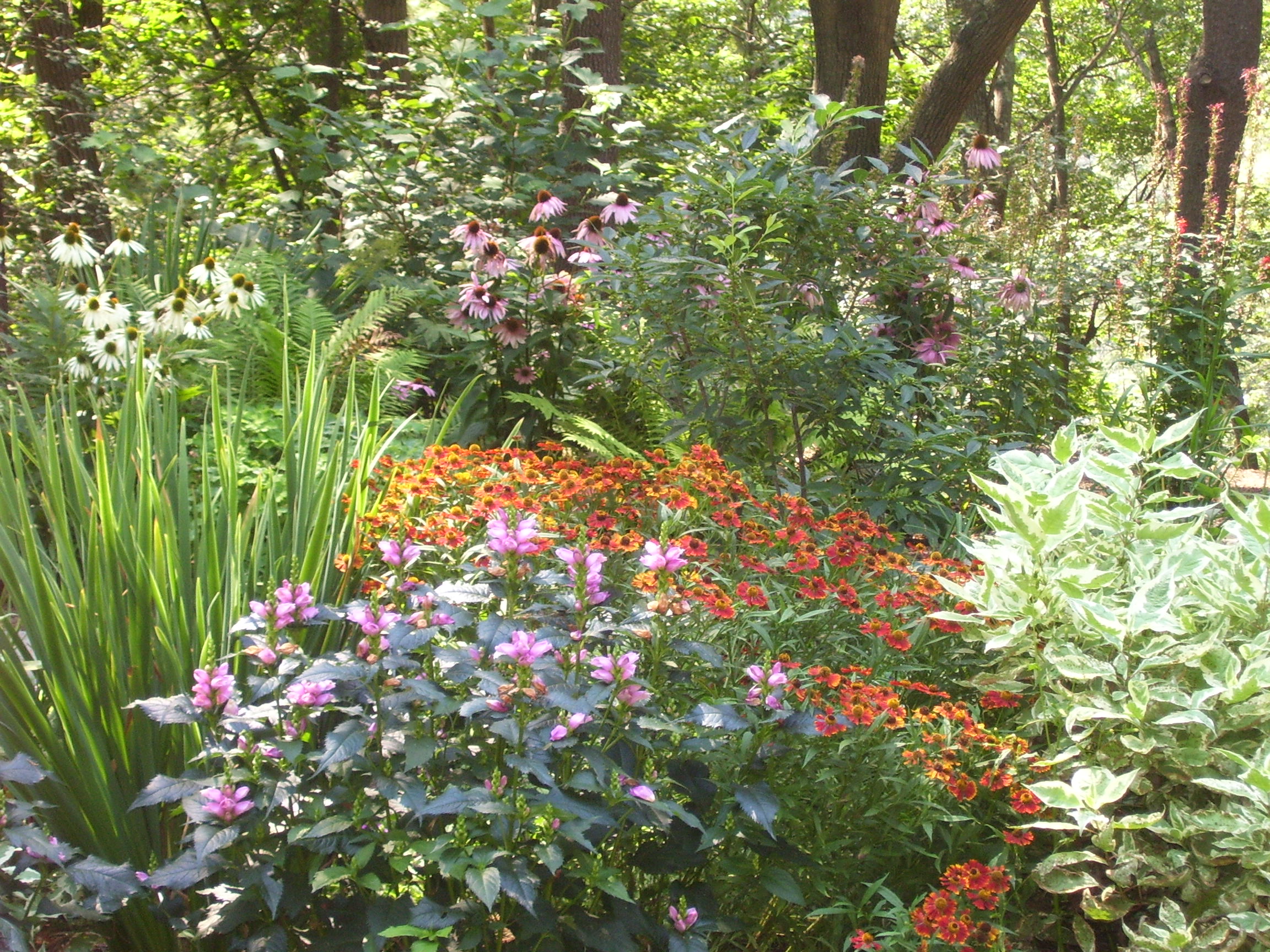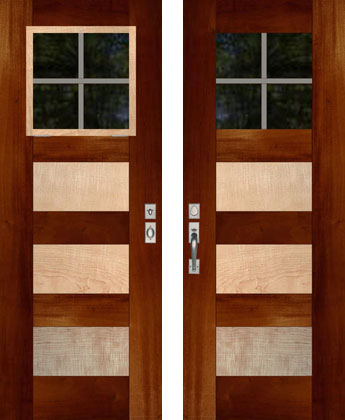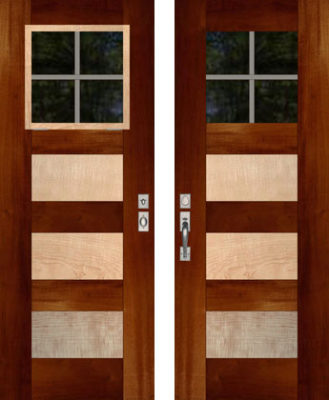The first two houses we bought were obvious handyman specials. Our third (current) house is, too, but we just weren’t aware of it, since we were bamboozled by its charm. (Note to self: Never buy a charming house. Buy an ugly one and make it charming enough to bamboozle the next owner.) Our first house was a frame bungalow with gas, gravity flow heat. This means there was basically a slightly oversized stove burner inside a giant tin can in the basement with big, round duct arms stretching out to the perimeter of the house. One of these was right over the workbench. I bumped my head into it regularly. At least that spot was a little bit cushioned by the fiberglas patches the previous owner had placed there. The heat came up through a grate in the center of the house, the living room floor. It was not very effective for heating the house on -20° days, but we were newlyweds, so it hardly mattered.
Our second home had oil heat with hot water radiators. The summer-winter hook-up had been disconnected and we had a gas water heater. The first winter we lived there was fairly mild, and neither of us had grown up with oil, hot water heat, so we didn’t notice any major problems, other than it seemed pretty expensive. The second winter was a different story. It was cold and no matter how we set the thermostat, the house would never get above 52°. We invited friends over quite a bit. The added bodies would warm the house, or, at least, we would be distracted from how cold it was. Our friends would say to each other, “The Coulters invited us over. Time to visit the refrigerator.”
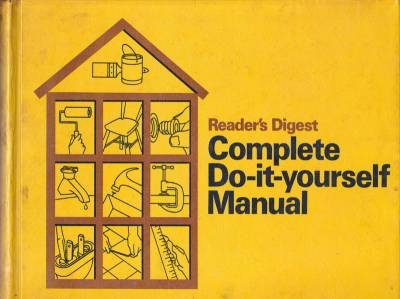 I had this theory about hiring professionals. I didn’t think it was worth it to hire somebody to do something who made more per hour than I did. Of course, I was making very little working in a poultry meat processing plant. I didn’t understand things like overhead, liability insurance and transportation costs. I also didn’t appreciate the efficiencies involved when someone truly knew what they were doing, as opposed to someone who was reading the totally misnamed Complete Do-It-Yourself Manual, such as myself.
I had this theory about hiring professionals. I didn’t think it was worth it to hire somebody to do something who made more per hour than I did. Of course, I was making very little working in a poultry meat processing plant. I didn’t understand things like overhead, liability insurance and transportation costs. I also didn’t appreciate the efficiencies involved when someone truly knew what they were doing, as opposed to someone who was reading the totally misnamed Complete Do-It-Yourself Manual, such as myself.
The house was cold. I was ready to try anything. An old plumber had told me that one could clean the electrodes in the burner by pouring a tablespoon of salt over them as it was firing. I figured he was old. He must have done this any number of times and survived. I would give it a shot. He had failed to mention that one should not use an electrically conductive, metal spoon.
So I get a tablespoon out of the silverware drawer and fill it with table salt. I go down into the basement. I gingerly set the spoon on a shelf while I remove the shield above the burner gun. I pick up the spoon and carefully empty it, so that it falls through the arcing electricity between the electrodes or cathodes or whatever you call them. Oops! The spoon made contact with one of them. The electricity travelled up the spoon and threw it against the opposite wall of the basement, with my arm still firmly attached to it.
Bethann heard me crashing against the shelves and various tools falling. She hollered down to me, “Is everything OK?” I answered weakly, “It’ll be fine.” Then I put the cover back on the oil burner and went back upstairs.
That did not solve the problem. In fact, it got worse. I looked at the situation again on another evening. I noticed the boiler was hot and the basement seemed warm, but it wasn’t circulating to the radiators. I surmised that the circulating pump was shot. I drained the system and took off the pump assembly. Sure enough, the impeller was totally shot. I replaced the pump assembly and filled the system. I turned on the heat, expecting a toasty warm house. No such luck.
I was about to give up and call a plumber. Just then, my friend, Jim, stopped by and offered moral support. Bethann said, “Why don’t the two of you go down and take one last look? You know, another perspective and all that.” Jim thought to bring a flashlight. We look around. Everything looks normal. The thermostat is set properly. The fuses are good. Then he shines the light toward the ceiling joists where we see this big valve painted bright red. It had a lever on the side of it and words cast into it to mark three positions: “OPEN” “RUN” “CLOSED”. The lever was in the closed position. I moved it to “RUN” and voila, we had heat in the house. It was the valve to set it on summer or winter for the water heater that used to be attached to it. This explained the smashed impeller. It had been pushing against a closed circulation valve for two years.
So once again, my mom was right. Reading is the key that unlocks every door.



